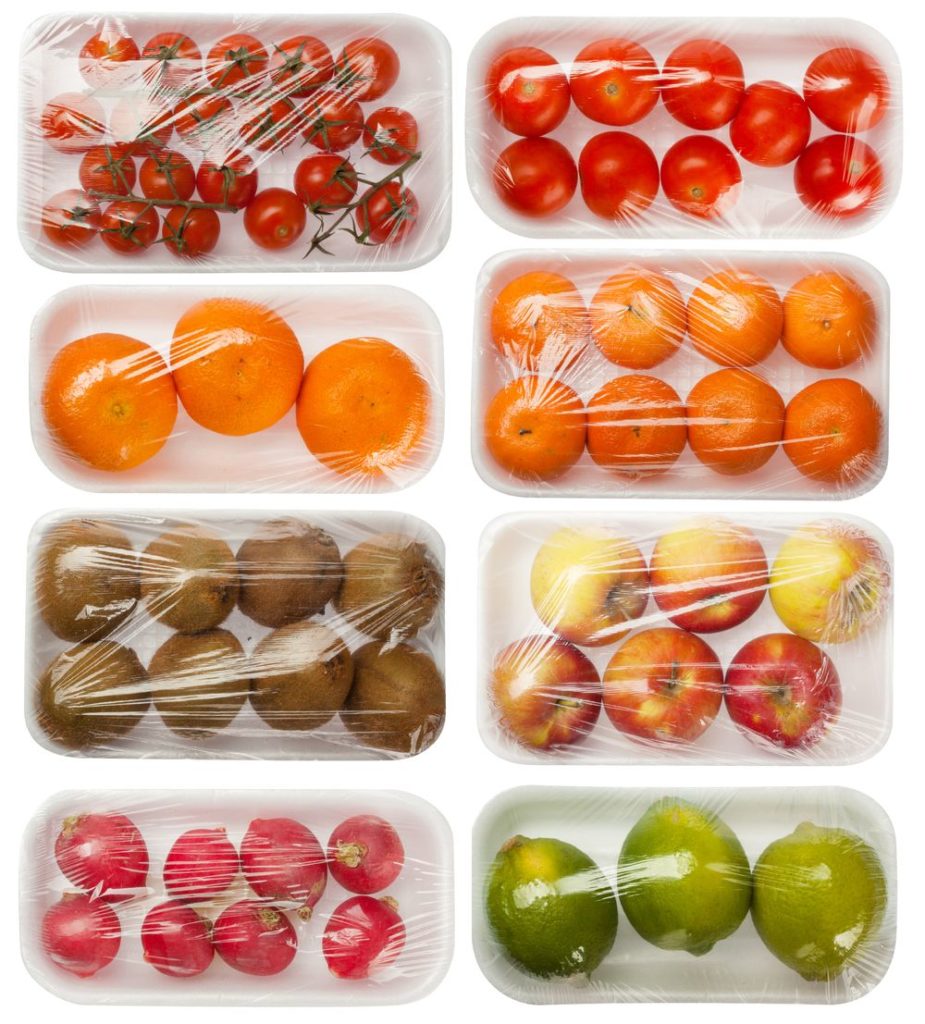
An effective approach to combating microbial contamination in food consists in developing new antimicrobial materials, which incorporate antimicrobial agents that can interact with food or the headspace in the package. The final purpose obviously is to extend as much as possible the shelf life of food products without affecting food quality. Both, silver and silver-based compounds have been used for centuries as antimicrobial agents.
They are known to have an antimicrobial activity against many strains of bacteria, fungi and viruses, and are stable due to their low volatility. More recently, they have been incorporated into packaging materials in the form of silver nanoparticles. In general, the term “nanoparticles” identifies the atomic or molecular aggregates with a diameter comprised between 1 and 100 nm.
The dimensions considerably influence the properties. In fact, by reducing the size, both the mobility of the substances and their surface-volume ratio increase, resulting in greater antimicrobial activity. Silver nanoparticles (AgNP) have already attracted much attention for their unique properties: in fact, they can easily penetrate the cell membrane, altering the permeability and cellular respiration, and causing serious damage to the cells. However, in the field of food packaging materials, many challenges remain to be addressed; it is necessary to:
Create sustained-release delivery systems of antimicrobials to ensure prolonged antimicrobial efficacy; minimize antimicrobial agents’ toxicity to human; reduce the residual antimicrobial agents in order to reduce environmental hazard.
These three challenges have been addressed by researchers of the University of Maryland, USA (L. Mei et al, 2017), who have developed a new antimicrobial coating for food packaging materials consisting in zein embedded with silver nanoclusters (AgNC) as antimicrobials. The term “nanoclusters” identifies the smallest aggregates of nanoparticles, which comprise up to a dozen of atoms or molecules and have dimensions that usually lower than 10 nm.
The idea at the basis of this study is that using AgNCs it is possible to further enhance antimicrobial potency and broaden the spectra of antimicrobial activity, which impart unique advantages, such as large surface to volume ratio, high local surface Ag concentration, and high mobility. It could be envisaged that these advantages would enable the achievement of superior antimicrobial capacity using much smaller amounts of AgNCs than is possible with AgNCs at equal amount of silver used. However, studies on the use of AgNC as antimicrobials for food applications until now were very limited. Zein is a plant protein contained in the seeds of cereals, and in particular in corn, which belongs to the family of prolamines.
Zein films have low water vapor permeability compared to many other bio-based films, because three quarters of the amino acid residues in zein are hydrophobic. Zein is a Generally Recognized As Safe (GRAS) food-grade ingredient. Moreover, zein films are already widely used as antimicrobial food packaging materials and a material has been developed that incorporates antimicrobial lysozyme and thymol. Compared with these bio-based antimicrobials, zein films embedded with inorganic AgNCs may offer unique advantages such as high efficacy and low volatility. Ultra-small AgNCs are synthesized by reducing silver nitrate using chemical reductants or light irradiation. Since AgNCs tend to aggregate to reduce their surface energy, stabilizers or templates (e.g. DNA) are used (e.g. polymers).

Zein films embedded with AgNC were synthesized as follows: a mixture of silver nitrate and polymethacrylic acid was reduced by ultraviolet-A irradiation (UVA), in order to reduce the silver ions. After 60 minutes exposure to UVA radiation, the solution acquired a pinkish color, which indicated the formation of AgNCs. The solution was then filtered with dialysis bags to remove unreacted silver ions. The synthesis AgNC-embedded zein film was achieved in two different ethanol solutions, one containing zein and the other one containing the AgNCs. The two solutions were later mixed, and the resulting mixture was then coated onto packaging materials, by means of a dry-cast process. The antimicrobial activity of zein films was then evaluated by incorporating AgNCs (~ 2 nm in diameter) into zein films, and compared to zein films embedded with Ag nanoparticles with diameters of 10 nm and 60 nm (AgNP10 and AgNP60, respectively).
The antimicrobial efficacy of different silver composites was examined by measuring the growth curve of a pathogenic strain of Escherichia coli O157:H7, while the cytotoxicity test was performed on human cell line HCT116. The results show that all prepared films have high antimicrobial efficacy and lower toxicity towards human cells. At equivalent silver concentrations, films with AgNCs exhibited considerably higher antimicrobial activities and lower cytotoxicity to human cells than those of AgNP10 and AgNP60 solutions. This result shows that the dose of AgNC used for these applications could be dramatically reduced compared to that of AgNCs.
In conclusion, a new coating material has been developed with powerful antimicrobial activity and low toxicity for human cells. This novel antimicrobial coating material was obtained by embedding antimicrobial silver nanoclusters (AgNC) into zein films. Low environmental impact and low volatility are additional properties that make these films a promising antimicrobial coating material for food packaging.
References
- Mei et al, Applied Materials & Interfaces 9, 2017, 35297-35304



